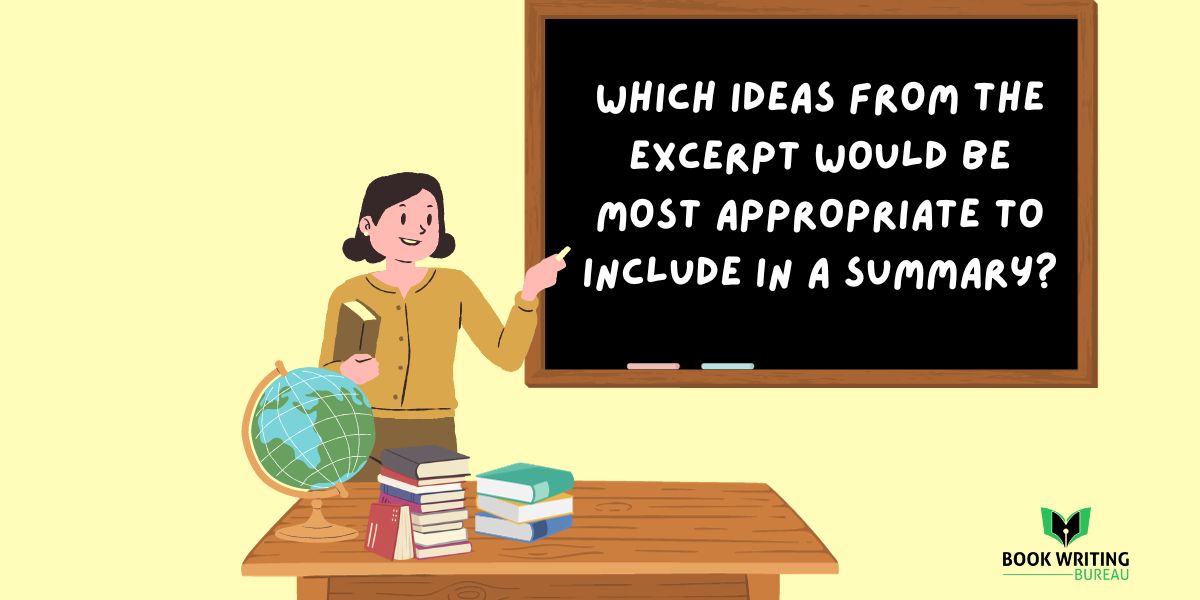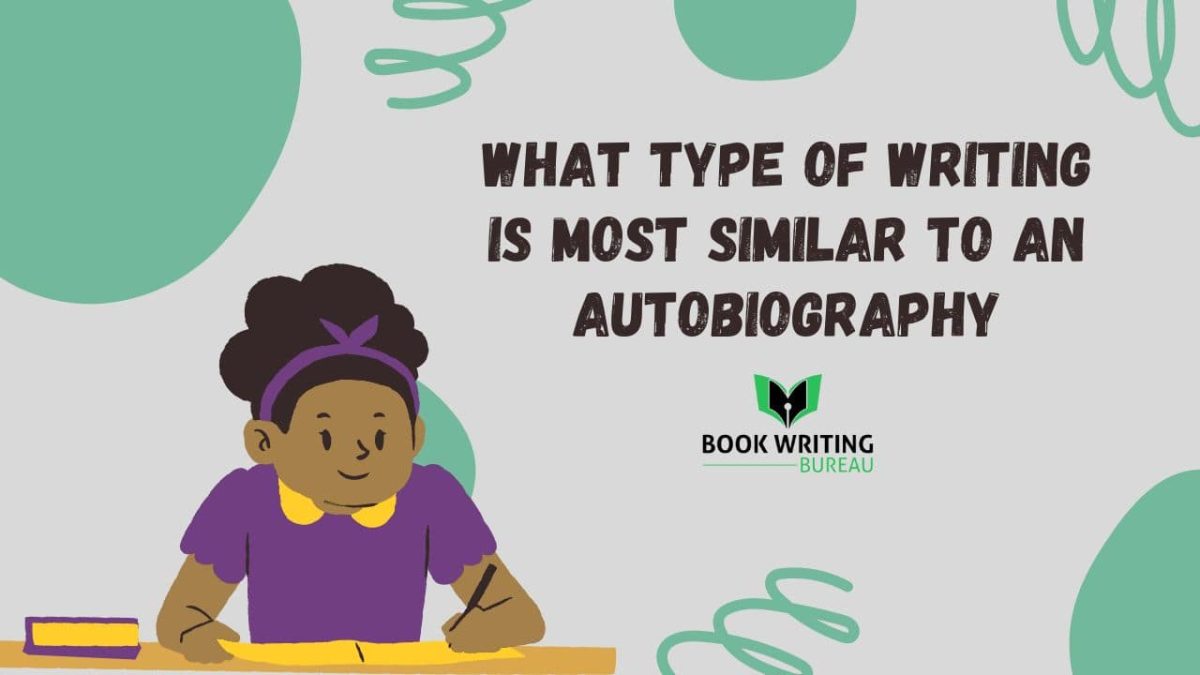
Book
Books come in various shapes and sizes, each designed to serve a specific purpose or audience. Understanding the common standard book sizes across genres is essential for authors, book publishers, and readers alike. This article will explore book sizes, exploring the most common standards across different genres.
Standard Book Size: Finding the Perfect Fit for Your Book
| Genre | Size |
|---|---|
| Amazon KDP Book | 6 to 9 inches (152.4 x 228.6 mm) |
| Sketch Book | 3.5 x 5.5 or 9 x 12 inches |
| Children’s Book | 8 x 8 inches or 10 x 10 inches |
| Paperback Book | 5.5 x 8.5 inches or 6 x 9 inches |
| Coffee Table Book | 9 x 12 or 12 x 15 inches |
| Small Book | 4.25 x 7 inches or 4 x 6 inches |
| Comic Book | 6.63 x 10.24 inches |
| Coloring Book | 8.5 x 11 or 11 x 14 inches |
| Landscape Book | 9 x 12 inches or 11 x 14 inches |
| Square Book | 8 x 8 inches or 10 x 10 inches |
| Poetry Book | 5 x 7 inches or 5.5 x 8.5 inches |
| Passport Book | 3.5 x 4.9 inches (or 8.9 x 12.5 cm) |
| Picture Book | 8 x 10 inches to 10 x 12 inches |
Struggling with book size? Contact us for a solution
What Is the Size of an Amazon KDP Book?
If you prefer a different size, you can choose from various options to print an eBook but keep in mind that there are different printing costs associated with regular and large trim sizes. A large trim size is any size that exceeds 6.12 inches (155.5 mm) in width or 9 inches (228.6 mm) in height.
Additionally, for paperbacks, you can enter your custom trim size. However, there are limitations to consider:
The width must be within 4 to 8.5 inches (10.16 to 21.59 cm).
The height must be within 6 to 11.69 inches (15.24 to 29.69 cm).
So, if you want your book to stand out with a different size or have specific dimensions in mind, you can customize it within these parameters during the setup process.
What Is the Size of a Sketch Book?
Sketch book sizes come in various options, depending on what the artist prefers and what they plan to draw. Some sketchbooks are small and portable, like ones in your pocket, usually around 3.5 x 5.5 inches. Others are larger, providing more space for detailed drawings, up to 9 x 12 inches. It all comes down to personal choice and what works best for the artist’s needs.
What Is the Size of a Children’s Book?
Children’s book sizes also vary, catering to different age groups and formats. Picture books for toddlers are often more oversized, around 8 x 8 inches or 10 x 10 inches, making it easier for them to see the pictures and follow along. Publishing children’s books for older children are usually a bit smaller, around 5.5 x 8.5 inches, making them easier to hold and read for longer periods.
Need standard book sizes? Contact us now!
What Is the Standard Size of a Paperback Book?
The standard paperback book sizes vary slightly depending on the publisher and region. Still, the most common sizes for trade paperbacks, typical for fiction and non-fiction books, are approximately 5.5 x 8.5 inches or 6 x 9 inches. Publishers in North America and Europe widely use these dimensions. However, there can be variations in size based on the specific requirements of a publisher or author.
What Is the Size of a Coffee Table Book?
Coffee table book sizes are typically more extensive than standard paperback books, designed to be visually appealing and suitable for display on coffee tables or other surfaces. While sizes vary, they often measure around 9 x 12 inches or larger. Some deluxe editions may exceed dimensions of 12 x 15 inches or more, offering even more impact and visual presence.
The larger size allows for more expansive and detailed illustrations, photographs, and text layouts, making them ideal for showcasing art, photography, or other visually stunning content.
What Is the Size of a Small Book?
Small books, also known as pocket-sized or mass-market paperbacks, are designed to be compact and portable, making them convenient for reading on the go. The typical small book sizes are around 4.25 x 7 inches or 4 x 6 inches.
These dimensions allow them to easily fit into pockets, purses, or bags, making them popular for commuters or anyone looking for a lightweight reading option. They offer a comfortable reading experience with readable font sizes and manageable page dimensions despite their smaller size.
What Is the Size of a Comic Book?
Comic books have a standard size known as “comic book format,” which typically measures around 6.63 x 10.24 inches. This size is widely used across the comic book industry, but variations in dimensions can occur depending on the publisher, specific series, or type of comic.
Some NYC publishers may opt for slightly different sizes to accommodate specific artistic or storytelling preferences, but the dimensions mentioned are commonly recognized as the standard for traditional comic book sizes.
What Is the Size of a Coloring Book?
Coloring books come in various sizes to cater to different preferences and age groups. Standard sizes can range from smaller formats like 8.5 x 11 inches (letter-size) to larger sizes such as 11 x 14 inches or even more significant. The coloring book sizes often depend on factors such as the complexity of the designs, the intended audience, and the preferences of the publisher or book illustrator.
Smaller sizes are typically more portable and easier to handle. In comparison, larger sizes may offer more space for intricate designs and details, appealing to older children or adults who enjoy more elaborate coloring projects. Ultimately, the size of a coloring book can vary based on these considerations.
What Is the Size of a Landscape Book?
Landscape-oriented books, often used for photography, art, and travel guides, have dimensions that prioritize width over height. Landscape book sizes include 9 x 12 inches or 11 x 14 inches, but larger formats are also available.
What Is the Size of a Square Book?
Square books have equal dimensions for width and height, giving them a distinctive look. Square book sizes can vary, but a popular choice is around 8 x 8 inches or 10 x 10 inches, although larger square formats also exist.
What Is the Size of a Poetry Book?
Poetry books can come in various sizes, but many poets opt for smaller, intimate formats that are easy to carry and read. Common poetry book cover sizes like 5 x 7 inches or 5.5 x 8.5 inches are expected for poetry collections.
What Is the Size of a Passport Book?
Passport book sizes are standardized for international travel and typically measure around 3.5 x 4.9 inches (or 8.9 x 12.5 cm) when closed. This compact size allows them to fit comfortably in a pocket or purse.
What Is the Size of a Picture Book?
Picture books, like those for children, often feature large illustrations accompanied by text. Picture book sizes range from 8 x 10 inches to 10 x 12 inches, providing ample space for vibrant artwork and engaging storytelling.
Top Reasons Why Standard Book Sizes Matter
Standard sizes matter for several reasons, crucial in the book printing service and the reading experience. Here’s an expansion on why standard book sizes are significant:
1- Production Efficiency:
Standard book sizes streamline the production process for publishers. By adhering to set dimensions, cookbook publishers can optimize their printing and binding processes, reducing waste and costs associated with custom sizes. This efficiency translates into faster turnaround times and lower production expenses.
2- Distribution Logistics:
Standardization facilitates smoother distribution logistics. Books of consistent sizes are more straightforward to stack, store, and transport, whether in warehouses, Boston book stores or during shipping. This simplifies inventory management and reduces handling errors, ultimately improving the efficiency of the supply chain.
3- Retail Display:
Standard sizes enhance the visual appeal of book displays in retail settings. Books of uniform dimensions create a neater, more organized presentation on shelves, making it easier for customers to browse and locate titles. This standardized appearance contributes to a cohesive aesthetic that can enhance the overall shopping experience.
4- Reader Convenience:
Familiarity breeds comfort for readers. Standard book sizes provide readers with a consistent tactile experience, allowing them to anticipate a book’s weight, feel, and layout based on its size. This predictability enhances reader comfort and ease of handling, creating a more enjoyable reading experience.
5- Shelf Compatibility:
Standard book sizes ensure compatibility with existing bookshelves and storage solutions. Readers can confidently purchase books knowing they’ll fit seamlessly alongside their existing collections, promoting better organization and space utilization in home libraries.
6- Design Consistency:
Standard sizes offer a framework for design consistency across book covers, jackets, and interiors. Designers can create templates optimized for specific dimensions, ensuring that text and graphics are appropriately scaled and positioned for maximum visual impact. This consistency helps maintain brand identity and reinforces the professionalism of the self publishing companies.
7- International Markets:
Standardization facilitates international trade by providing a common reference point for publishers and retailers worldwide. Books conforming to established sizes are more accessible to import and export, minimizing complications related to customs clearance and regulatory compliance.
8- Historical Context:
Standard book sizes have historical significance, reflecting traditions and conventions that have evolved over centuries of publishing. Preserving these dimensions honors the printed book’s legacy while acknowledging the practical considerations that have shaped its form.
Conclusion:
Understanding the most common standard book sizes across genres is essential for authors, children’s publishers, and readers. Whether you are publishing a novel, a cookbook, or a children’s book, choosing the right size can impact readability, shelf space, and printing costs. By familiarizing yourself with these standard sizes, you can ensure your book stands out in the crowded marketplace.



